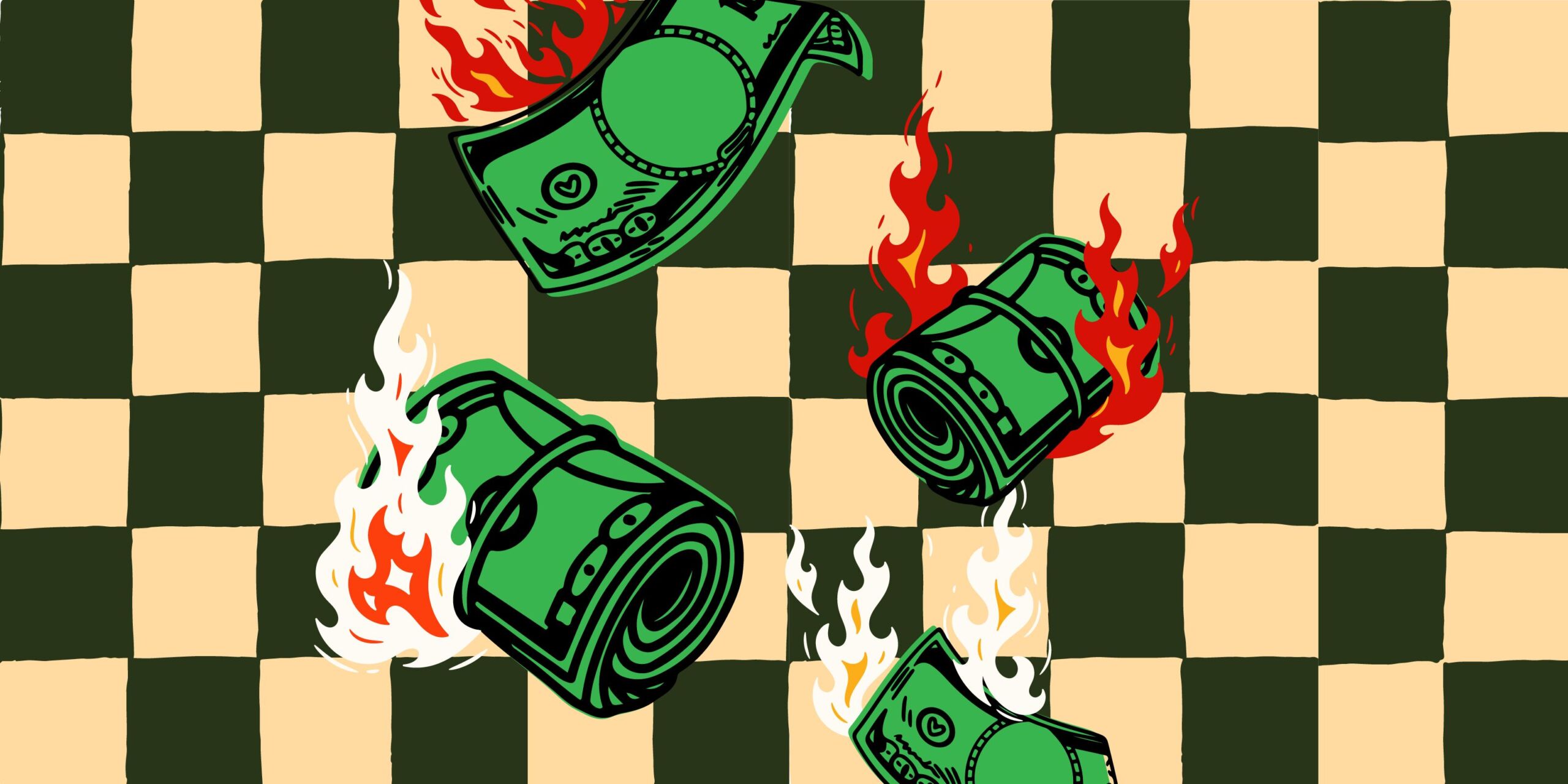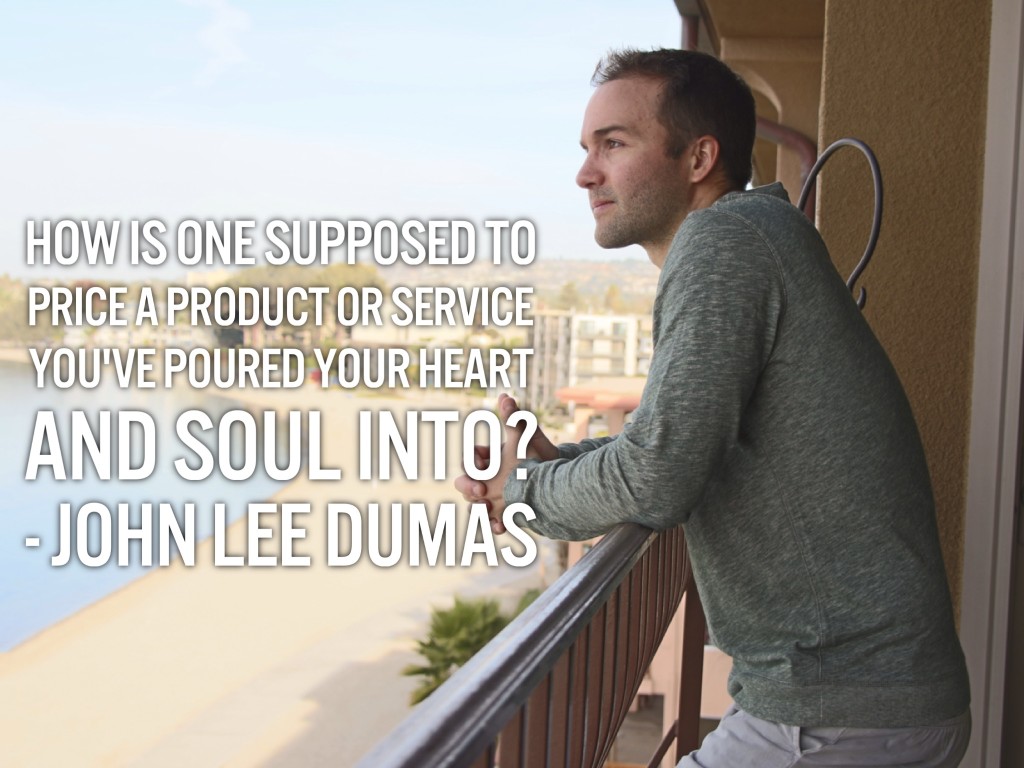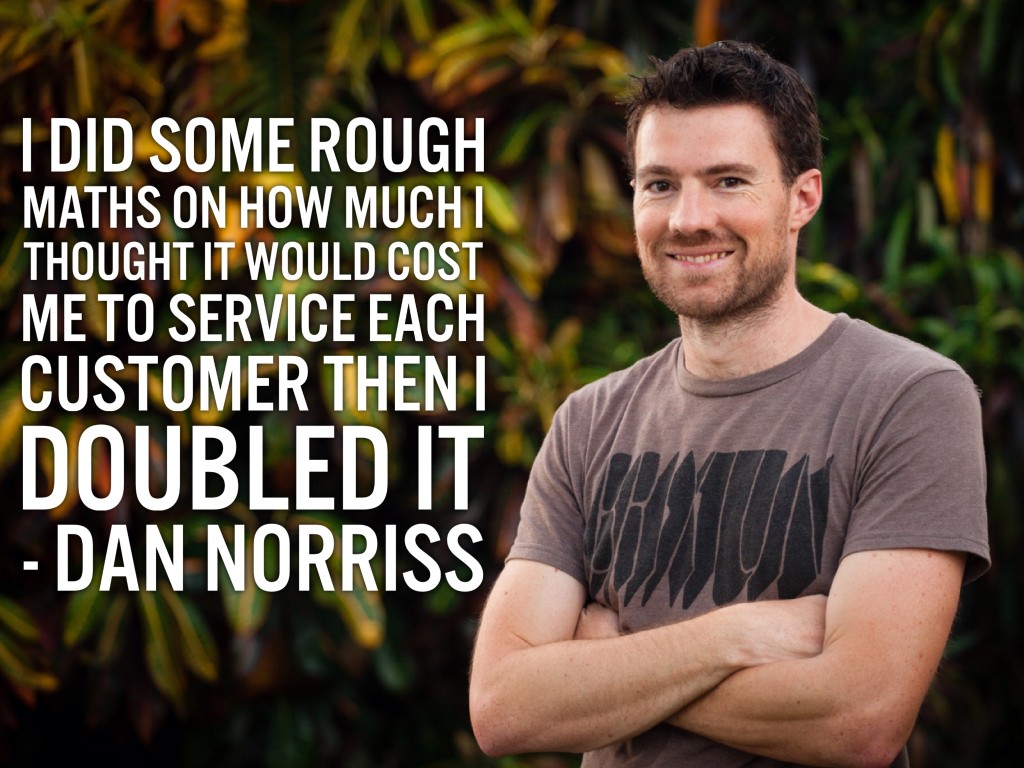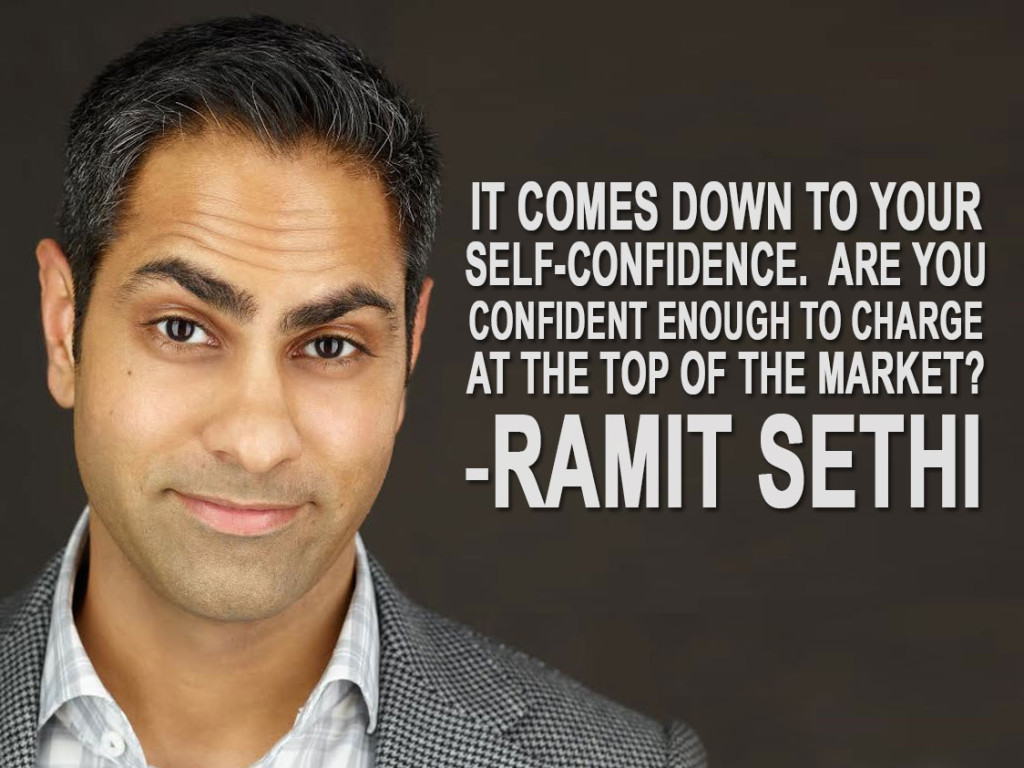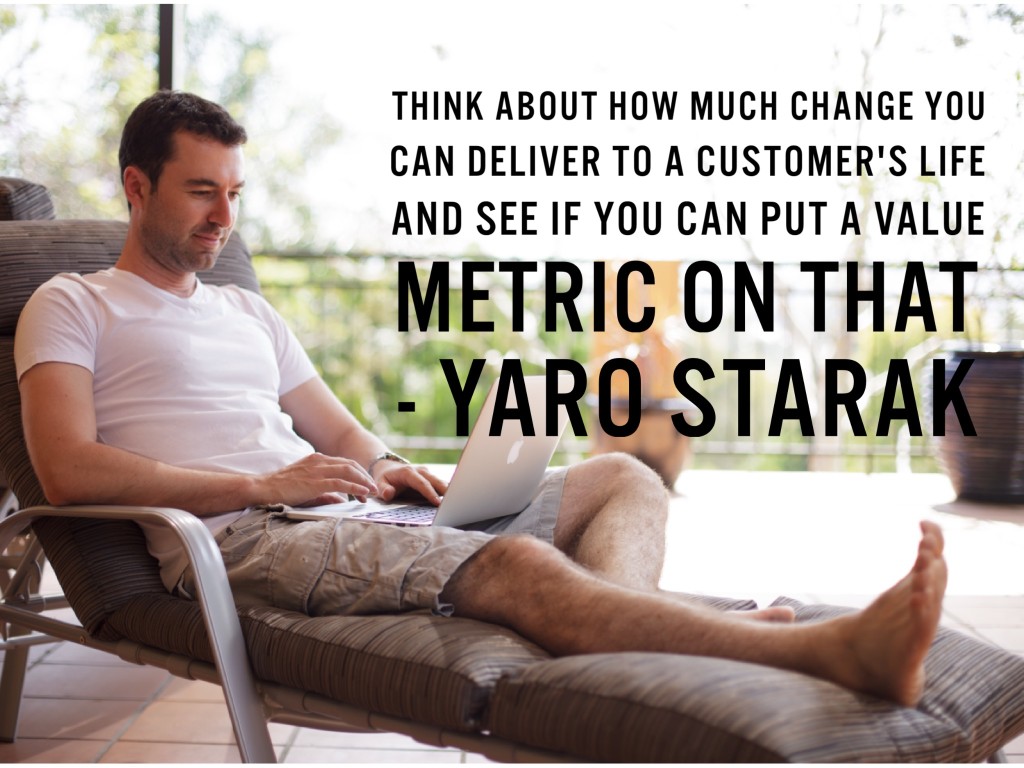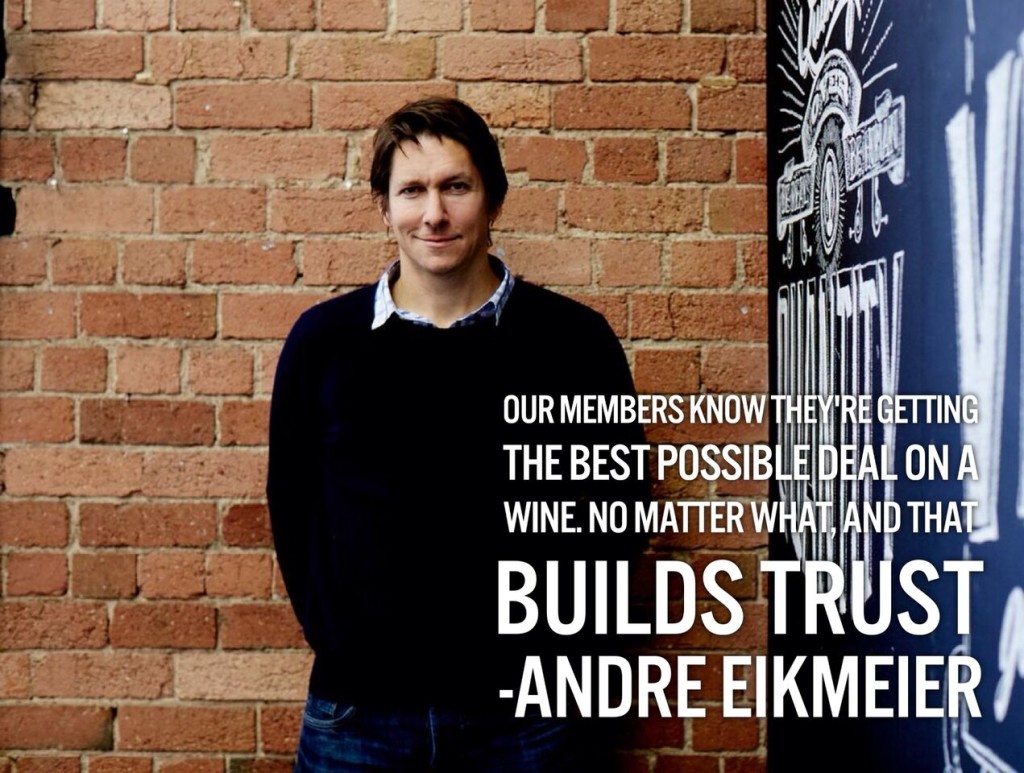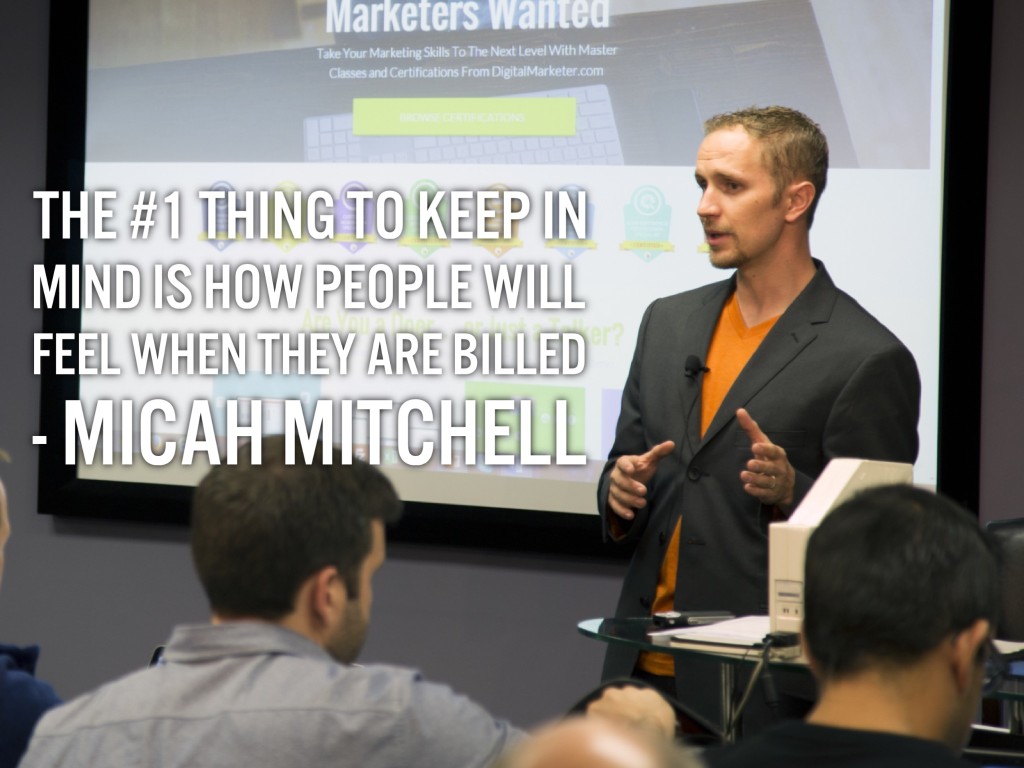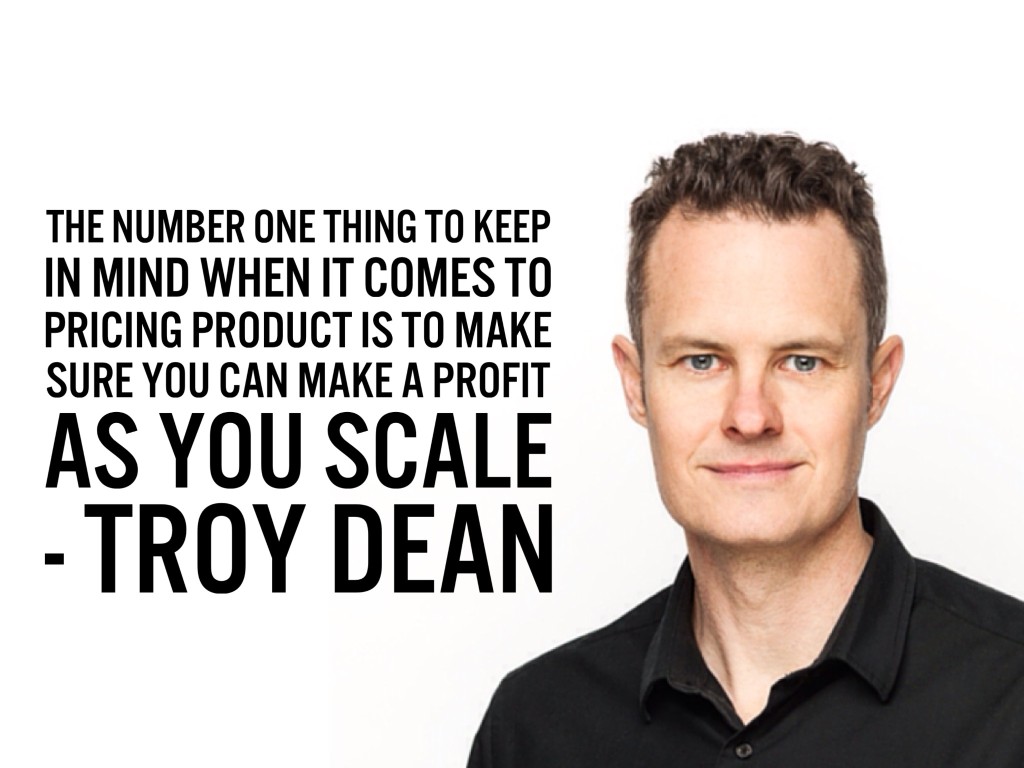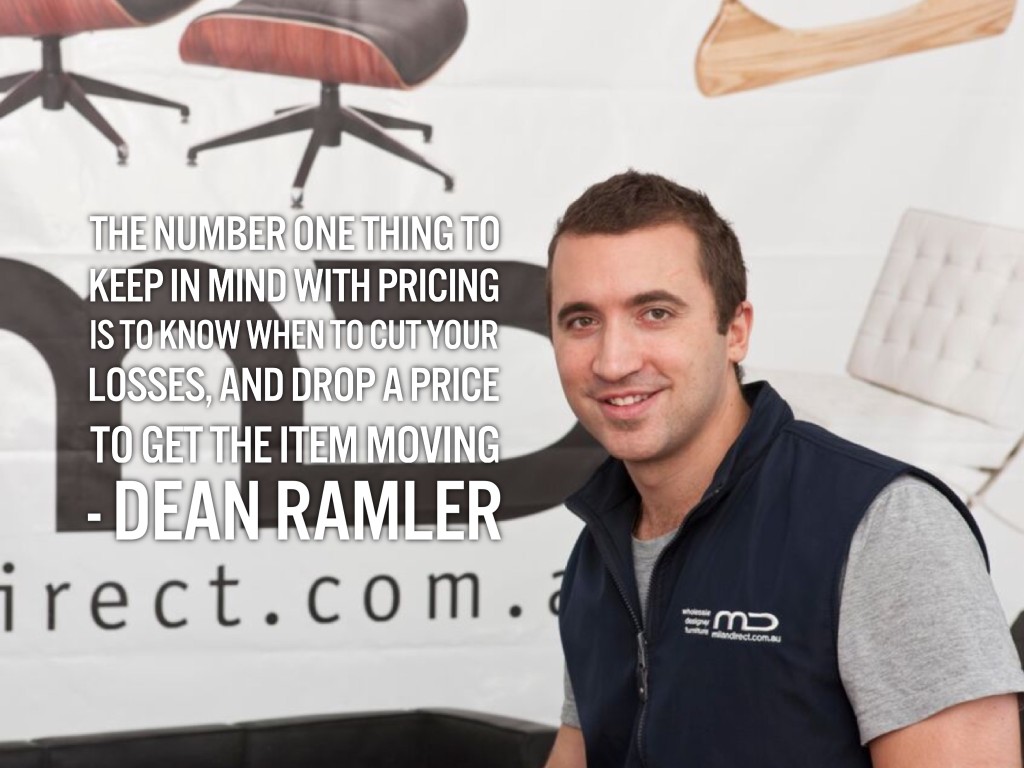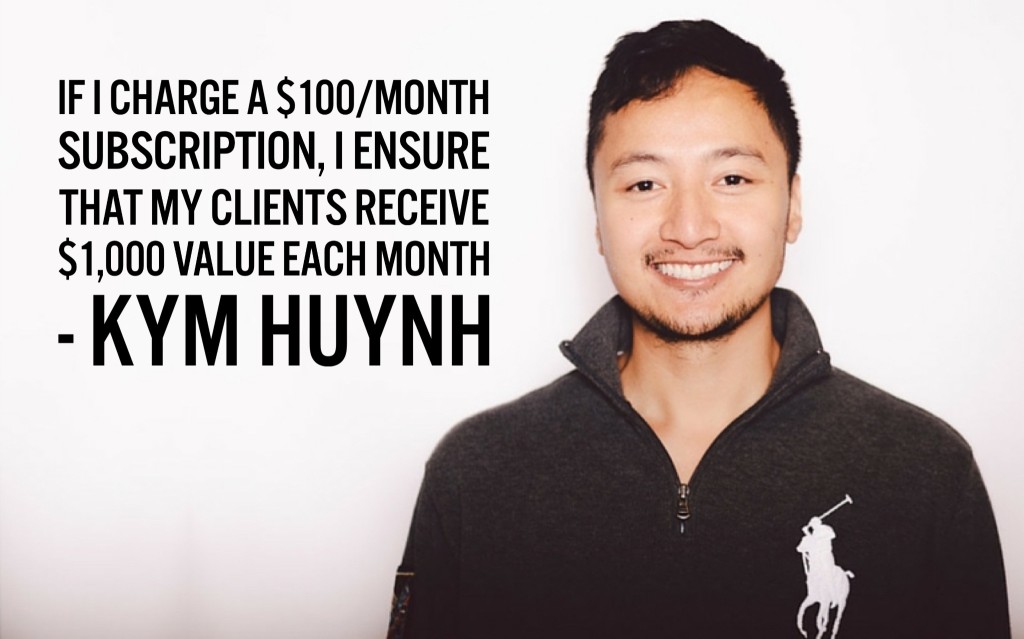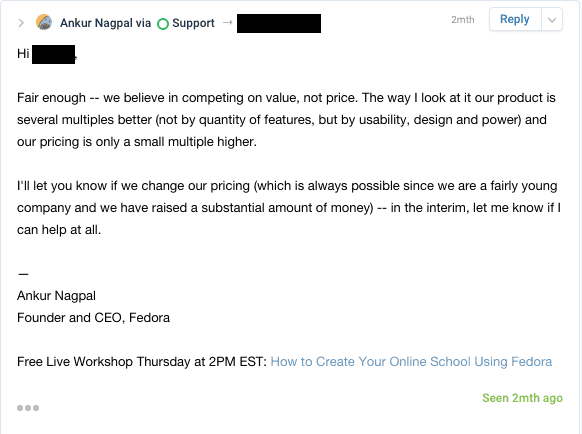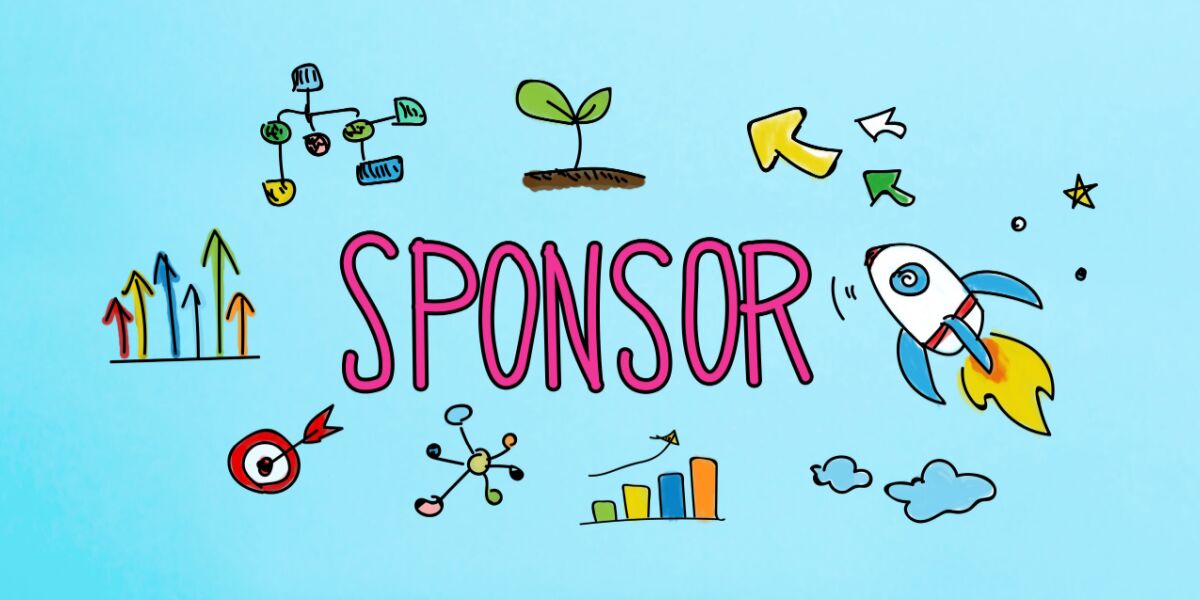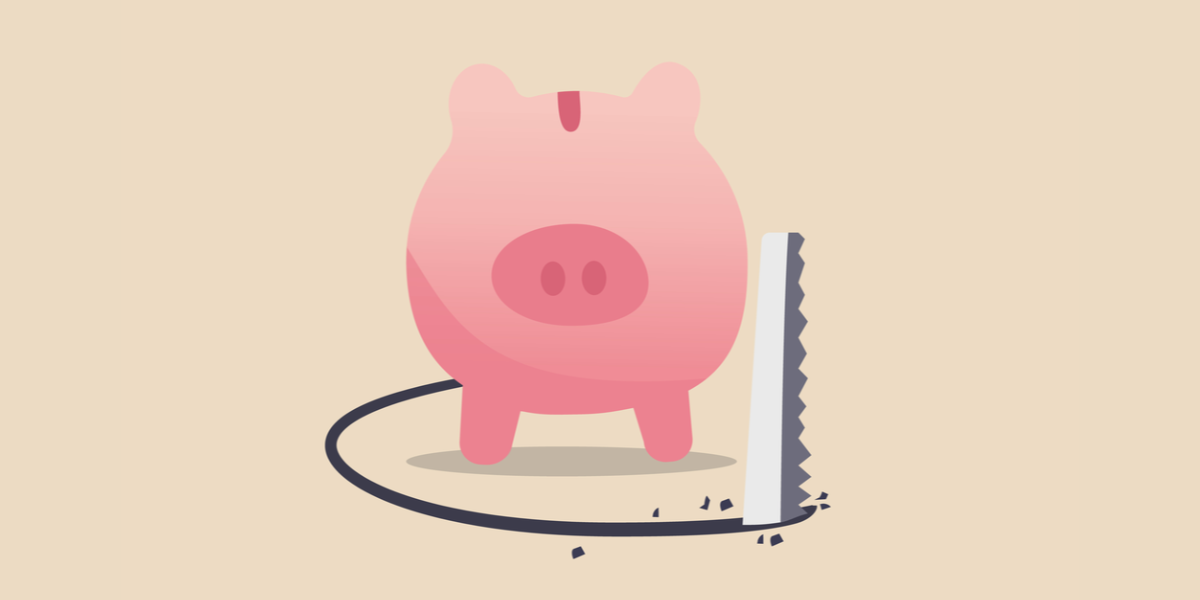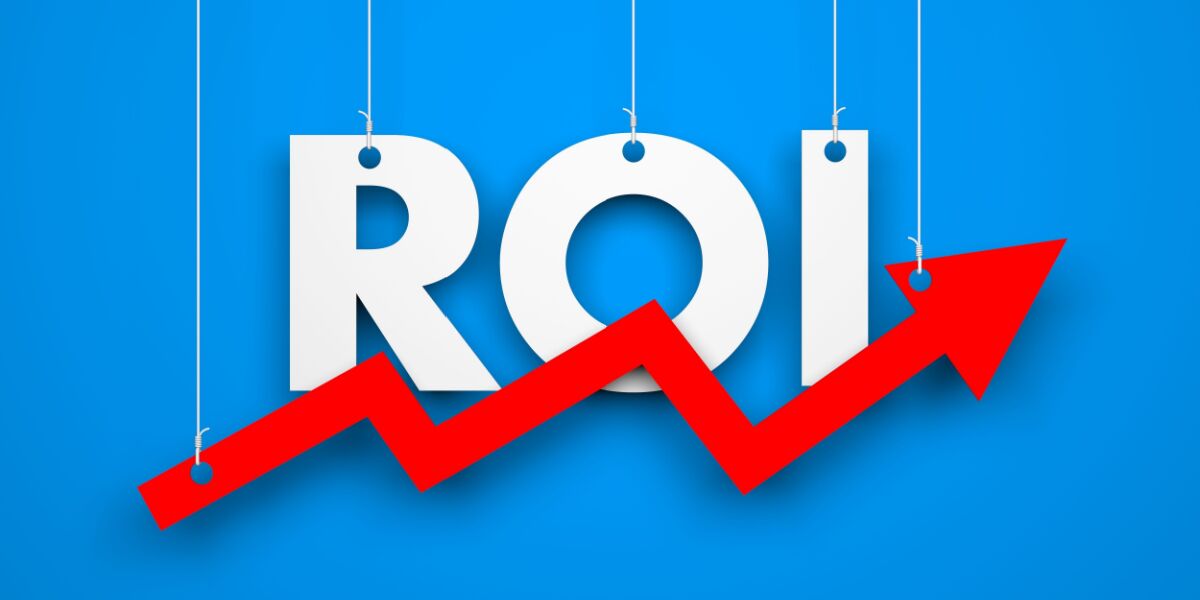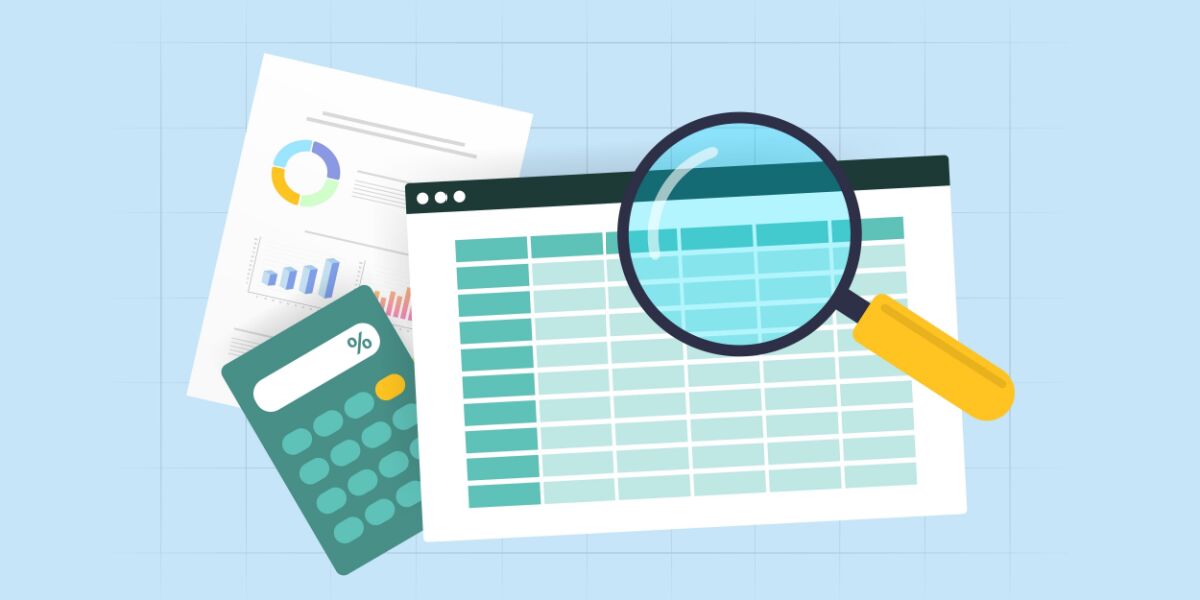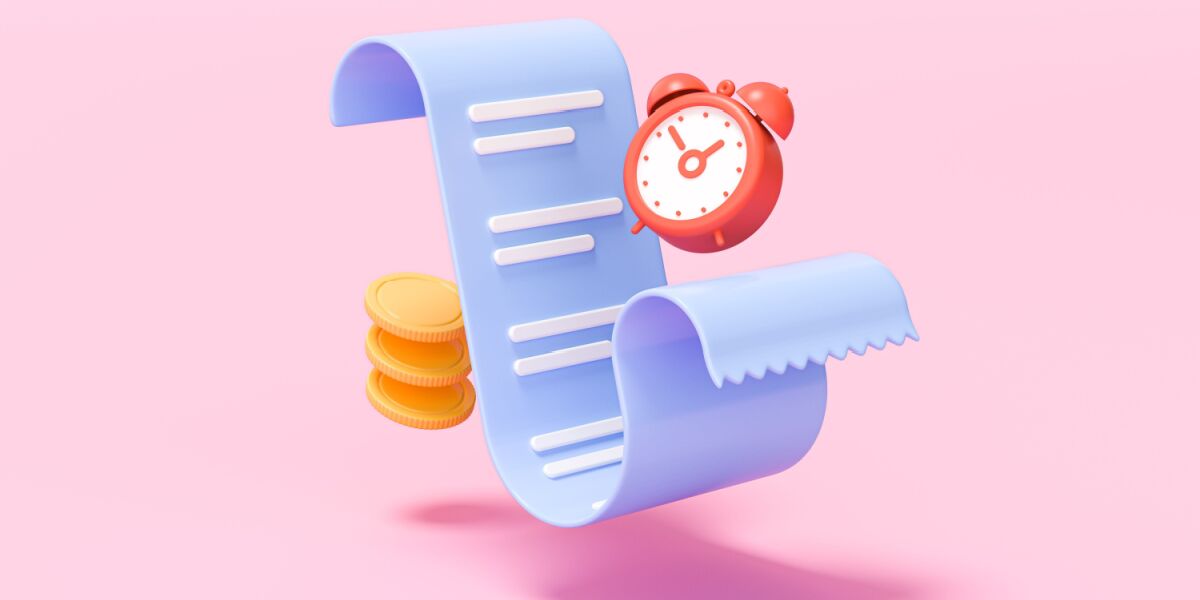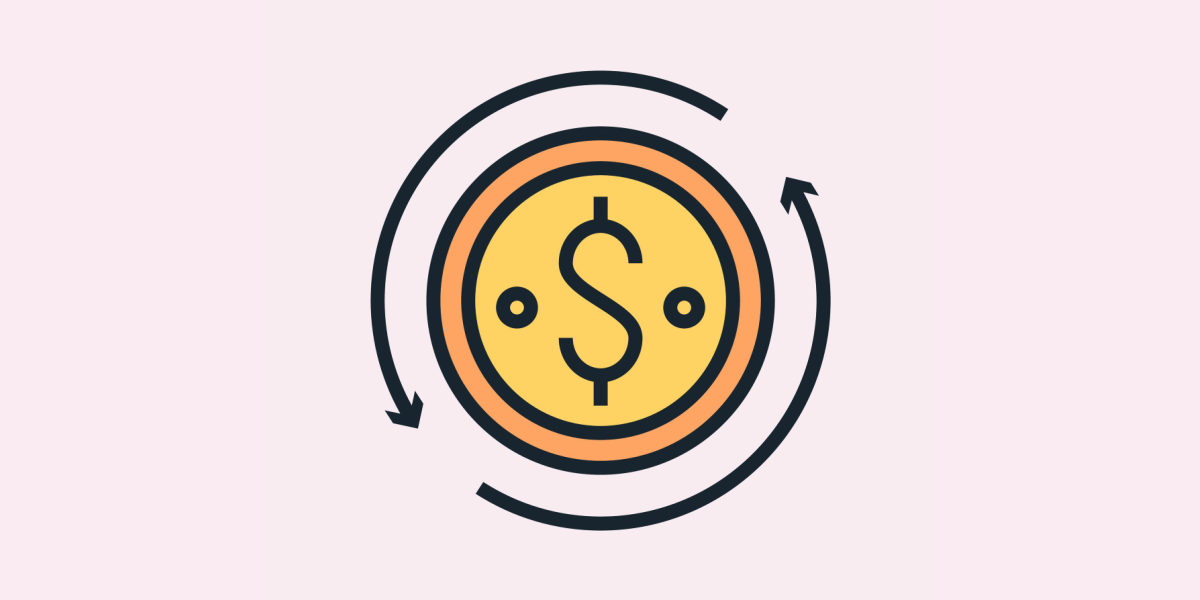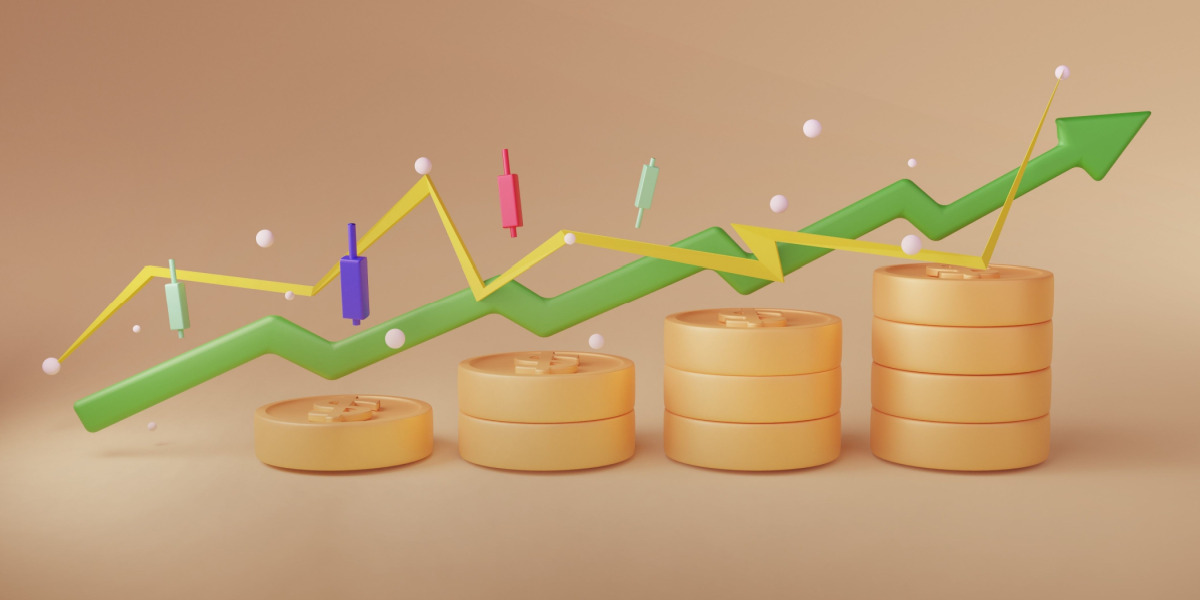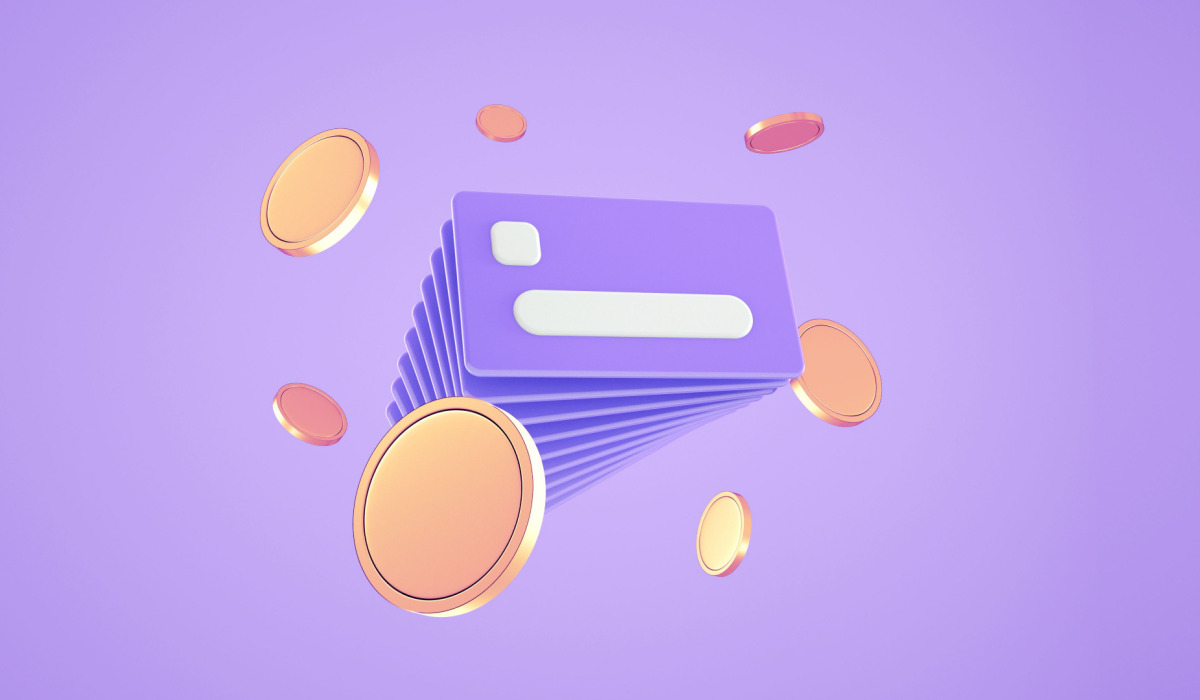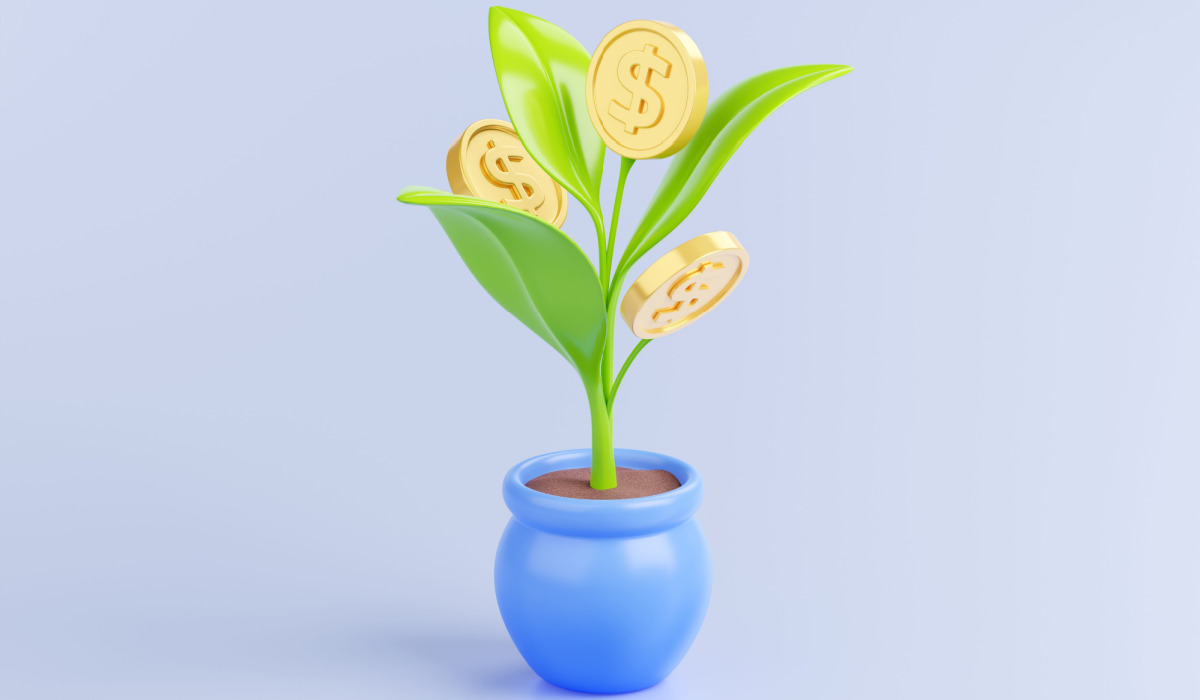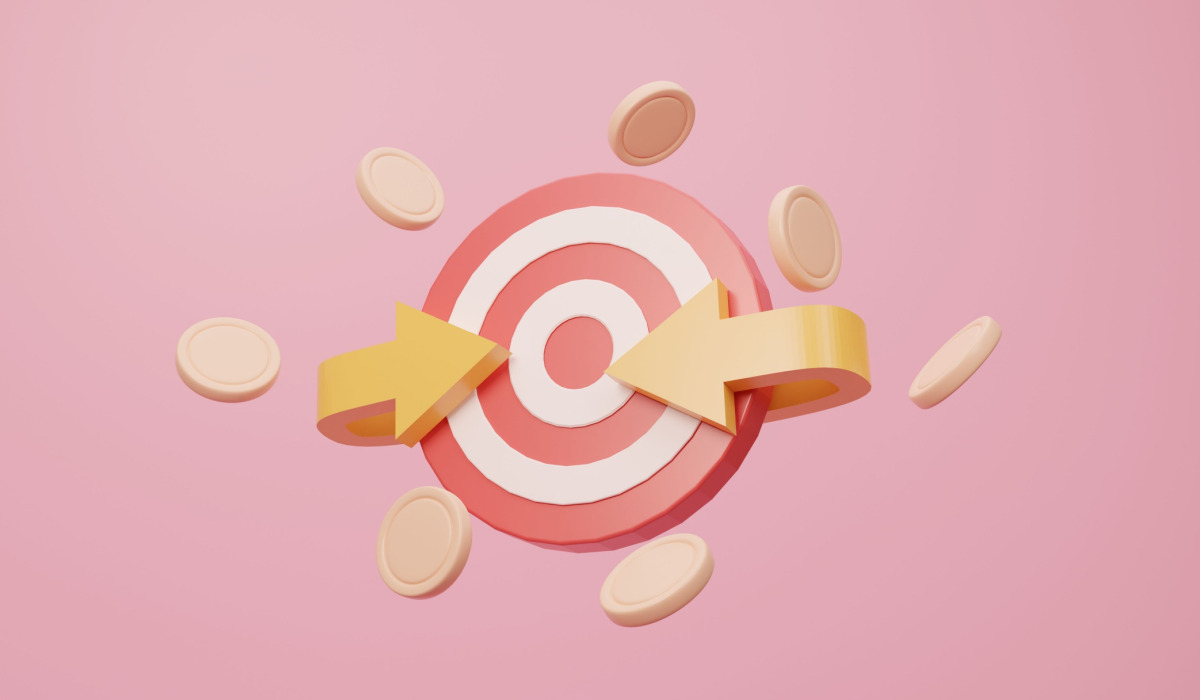So you’re past all the initial hurdles. You have your idea, you’ve set up your business, you’ve developed a functioning MVP, you might have even iterated and pivoted. But now it’s crunch time.
Now it’s time to monetize.
It should be pretty straightforward right? After all, you have a product, you’ve established there’s a market for it. But how much do you charge for it?
Too high and no one will buy it, too low and you’re throwing money away.
It’s one of those problems where the answer seems so obvious, yet I can’t even begin to tell you how many entrepreneurs stumble at this particular hurdle. If you’re not at this stage now, you definitely will be.
That’s why we went to the pros to get the inside track on this question. We broke out our list of contacts and asked 11 top-tier entrepreneurs from a wide range of industries to share their tips and advice on how they figure out the right prices for their products. We asked them all three questions:
- What’s your pricing strategy?
- What made you decide to price X product that way?
- What’s the number one thing to keep in mind when it comes to pricing a product?
What we got back was pure gold. The following is extremely valuable advice for any entrepreneur, whether you aspire to be one, or have been in the business for years.
So if you want to jump over this hurdle quickly and smoothly, and be on your way toward a strong base of revenue and customers, definitely pay attention to what all these fantastic people have to say!
John Lee Dumas, Founder and Host of Entrepreneur On Fire
How do you price a passion project? Over the past year, my passion project has been The Freedom Journal: Set and accomplish your #1 goal in 100 days.
The Freedom Journal is a gorgeous faux leather-bound journal, gold embossed, more than 300 pages, and is PACKED with value. How is one supposed to price a product or service that you’ve poured your heart and soul into? Also, this was my first physical product, so I had no past experience.
I took the following three steps to price The Freedom Journal, at what is now its retail price: $35.
1) Market research. I went to Amazon and purchased all journals that were similar. I studied their content and compared prices.
2) I asked my audience using SurveyMonkey. That one poll taught me a lot about consumer price sensitivity when it came to journals.
3) I used my intuition. Sure, I had no experience per say, but we all have a guiding light inside us. Follow it!
The Freedom Journal’s 33-day crowdfunding campaign kicks off on Kickstarter on January 4th, and we’ve partnered with Pencils of Promise so proceeds from The Freedom Journal will be building schools in 3rd world countries. Visit TheFreedomJournal.com to learn more!
How is one supposed to price a product or service that you’ve poured your heart and soul into?
Dan Norriss, Cofounder of WP Curve
Most people will tell you to increase your prices. I think it’s generally bad advice. It stifles innovation and ends up turning your business into a glorified consulting service. Smart companies generally price competitively and they back themselves to innovate their way toward offering a more affordable alternative than the competition.
When coming up with the pricing for WP Curve, I did some rough maths on how much I thought it would cost me to service each customer then I doubled it. I’ve come back to this regularly to ensure we aren’t way off with our estimate and we’ve sacrificed a bit of margin along the way. But I think we’ve balanced the need to be disruptive and innovative while also building a nice business.
I did some rough maths on how much I thought it would cost me to service each customer then I doubled it
Ramit Sethi, Founder and Author of I Will Teach You How To Be Rich
We give away 98% of our material for free at I Will Teach You To Be Rich. Our goal is for our free material to be better than others’ paid content.
We don’t allow you to join any of our courses directly from the website and forbid anyone with credit card debt from joining our flagship courses—that decision alone costs us over $2 million a year.
Why do we do that? First of all, we believe that we need to educate the consumer as to why our material is the best. More importantly, we want to prove ourselves to you. We want a relationship with you. We couldn’t care less about making a quick buck.
Then with our courses, we take our time, we make them world class, and we charge at the top of the market.
It comes down to your self-confidence. Are you confident enough to charge at the top of the market?
If you’re not, then maybe your product really isn’t that good. Spend more time to improve your product, make it the absolute best, and then confidently charge based on value, not cost.
It comes down to your self-confidence. Are you confident enough to charge at the top of the market?
Yaro Starak, Founder of Entrepreneur’s Journey
I use a few different principles when pricing my products.
- I follow a “sales funnel” model, which uses specific pricing points based on what type of product it is in the funnel.
If the product is a “front-end” product, which means it is entry level, the goal is to over deliver value, and keep the price low enough that it’s easy to justify the expense (usually around the price of a dinner meal).
A “back-end” product is sold to people who have already bought from you previously, thus you have a more established relationship with this person. They are an active buyer and are willing to spend more for a higher level of support from you, hence you can charge several hundred to several thousand dollars.
There’s a lot more to the sales funnel psychology, but that’s a basic introduction.
- The level of support/contact/complexity also dictates price.
Generally speaking, the more contact the customer receives with you via the product (if we are talking about coaching/teaching/information products), the higher the price.
If you are solving a complex problem for them, requiring more depth to the product, then the price is higher.
- The simplest variable to consider when pricing is the outcome the customer receives.
Think about how much change your product can deliver to a customer’s life and see if you can put a value metric on that. If you can help them make a million dollars, then charging $1,000 for your product is easily justified.
If your product offers a more basic value proposition—perhaps helping a business owner automate their bookkeeping, or to count calories to lose weight, or to find a good dentist in their area—since the return on investment isn’t quite as high, the price needs to factor that in.
- If in doubt, copy your peers.
Take a look at what other products sell for, what the product contains, how complex the marketing is to make a sale, and then price your product accordingly.
Every market is different, but there are well-established pricing frameworks you should be aware of (for example price expectations for ebooks is largely set by what Amazon Kindle charges).
Here’s an example: I recently released a new product called the Blog Money Finder.
I created it after receiving feedback from my audience that finding a profitable topic in a big need.
This is a very specific problem, but it’s not complex enough that I felt I could put together a full flagship course about it. I decided an entry level course was the right size, so I priced it as an entry level product ($100 to $200 in this case).
In this situation, I factored in the outcome I could deliver to my customer, where the product fit into my funnel, and the complexity of the problem the product focused on (and thus how big the course was).
Think about how much change your product can deliver to a customer’s life and see if you can put a value metric on that
Andre Eikmeier, Cofounder and Joint CEO of Vinomofo
We tend to stick to foundations with Vinomofo, so our pricing strategy is pretty simple—we want to make sure our members get the best price on any wine. So we work out the best price we can buy it from our producers at, keeping in mind that they’ve got to be able to sustain and grow their businesses too, and we add our margin, and that’s the price we sell it at. If that’s not going to be the best price on that wine, then we won’t stock it, generally. We don’t let loss lead or play games with pricing.
That way our members know they’re getting the best possible deal on a wine, no matter what, and that builds trust.
Every business has three key stakeholders—the customer, the supplier and the company. For us it’s the drinkers, the makers, and us. Pricing has to work for all three. You can’t price your suppliers out of business, or you end up like the supermarket chains. You can’t charge your customers too much or they’ll simply buy from somewhere else. And you can’t cut out your own margin or you’ll go out of business.
Sounds simple, but in retail, it is that simple.
Our members know they’re getting the best possible deal on a wine, no matter what, and that builds trust
Rand Fishkin, Founder and ‘Wizard of Moz‘
We’ve done a combination of trial and error, pricing tests, pricing research (using a consulting firm called Price Intelligently), and surveys. There’s no particular formula or a book/podcast we’ve leveraged to date.
Moz Pro was chosen to be $99/month because it fits our margins, fits the majority of our target market’s budget, and is competitive against the rest of the field.
For a SaaS business like ours, there’s two basic inputs that matter above all else:
1) Retention – we need to pick a price where folks feel they’re getting great value for their money so price isn’t a reason they cancel.
2) CAC to CLTV ratio – CAC is the cost to acquire a customer and CLTV is customer lifetime value. This ratio is hugely important because it lets you scale profitably and reinvest in growth.
We need to pick a price where folks feel they’re getting great value for their money so price isn’t a reason they cancel
Micah Mitchell, Cofounder of MMMastery
We’ve got two main products but the main and most successful one is Memberium.
It’s a software product that, if I’m honest, was priced based on the competition we were going after. They were at $57/month so we priced ours at $47/month.
We also like the $47 because it’s just under the $50 mark (a psychological barrier) and where it’s a monthly subscription, people don’t feel the pinch quite as bad each month. That same product is also sold for $470/year (10x) saving people two months by going yearly instead of monthly.
We figure that it’s worth giving up two months to have the money up front and not have to pay processing fees or deal as much with people’s cards expiring or changing on them (which we then have to spend manpower following up on).
The #1 thing to keep in mind is how people will feel when they are billed.
Even though I mention that we take our competition into consideration, it’s a small factor compared to our customers feeling like they are getting a bargain, and feeling like they’d pay way more for what we’re offering.
The #1 thing to keep in mind is how people will feel when they are billed
Troy Dean, Cofounder of WP Elevation
I always want to position my products at the premium end of the market, which means you need to provide more value than your competitors. I ask potential customers, “What would this need to include for you to pay $$$?” then I work out how to deliver that product and make a profit.
We have a business coaching program for WordPress freelancers that was priced following this exact strategy. Our customers helped us design the product and I took pre-orders at the agreed price point before we wrote one line of code or built one feature.
The number one thing to keep in mind when it comes to pricing a product is to make sure you can make a profit as you scale. There is no point having a competitively priced product if you go out of business in 12 months.
“The number one thing to keep in mind when it comes to pricing product is to make sure you can make a profit as you scale
Dean Ramler, Cofounder and CEO of Milan Direct
Pricing is very company specific. At Milan Direct we are an online furniture retailer and our brands stands for best value. As such, we cannot price too high or too low.
Our strategy is to not play games with pricing. We don’t start at crazy margins, but always the very best price we can offer the first time and at a level that covers our cost base plus allows us the margin to stay in business.
If a product fails to sell at our starting price point we will lower the price until it moves. Often we will make the tough call to sell products at cost, for products that are just not moving, to ensure we can clear out and reinvest in new ranges.
Milan Direct lists 15,000+ products and every now and then you will have a slow mover, and we use this as an opportunity to wow our customers with absolute rock-bottom prices. So although you may take a hit on the bottom line to clear these lines, we look at that as a marketing investment.
In setting prices we do take into consideration competitor prices, but this is never really an issue for us as nobody can get to market furniture direct to the customer as cost effectively as Milan Direct can.
The number one thing to keep in mind with pricing is to know when to cut your losses, and drop a price to get the item moving. Equally important is to ensure you are providing your customers with fantastic deals and price points, because if you don’t, you can be sure that someone else will!
The number one thing to keep in mind with pricing is to know when to cut your losses, and drop a price to get the item moving
Kym Huynh, Founder of WeTeachMe
As a rule of thumb, I try to deliver 10x the value of my product or service price. For example, if I charge a $100/month subscription, I ensure that my clients receive $1,000 value each month.
This 10x value makes my product or service a no-brainer for my clients.
WeTeachMe is a SaaS (software-as-a-service) solution that schools and educational businesses use to manage their online bookings and classes. WeTeachMe’s software offering is priced in such a way to not be prohibitive for the school or educational business, but enough to ensure that they take us seriously.
Because we’re confident in delivering 3 core benefits (grow revenue, save time and reduce costs), we ensure that our initial plan allows our clients to test out our features at a low-barrier-to-entry price, and then once the benefits are experienced, we grow with the company so that it is win-win for all concerned.
Our case studies speak for themselves.
If I charge a $100/month subscription, I ensure that my clients receive $1,000 value each month
Ankur Nagpal, Founder and CEO of Teachable

I spend most of my time continually repeating this to our course creators—do NOT price your course or product based on how many hours of content it contains, on how much time it took you to create. The only thing that matters is the outcome for your students, and you should be pricing your product based on that outcome.
If you can help someone get a $10k raise in their job, you are allowed to sell your course for more than $29 regardless of how many hours of content it contains.
I’m also a huge believer in premium pricing—we were recently called out for having a competitor building a cheaper product, the person saying they wouldn’t use our product because our competitor’s were cheaper:
(They ended up using us)
The only thing that matters is the outcome for your students and you should be pricing your product based on that outcome
Xavier Major, CEO and Marketing Automation Expert at Automation Masterminds

I recently launched an Infusionsoft optimization service that helps Infusionsoft users optimize their marketing automation. The product is priced based on the perceived value of the service and actual results I have gotten for my clients. I also added in research that I found from about 10 other similar services in the industry to help me gauge the price tolerance of my target market.
The number one thing to keep in mind is that pricing is an art not a science. You have to pick a price, test it and see what price works for your business.
The product is priced based on the perceived value of the service and actual results I have gotten for my clients
Conclusion
So there you have it folks, some extremely valuable tips and advice on how to go about your pricing strategy, no matter what your business is!
But here are some key takeaways that every expert above agrees on:
- The best price is something that under-promises and over-delivers.
- Know what your competitors are doing and find out why.
- You should always focus on the customer and their experience.
Take these pricing strategy lessons to heart and start charging what you’re worth!
